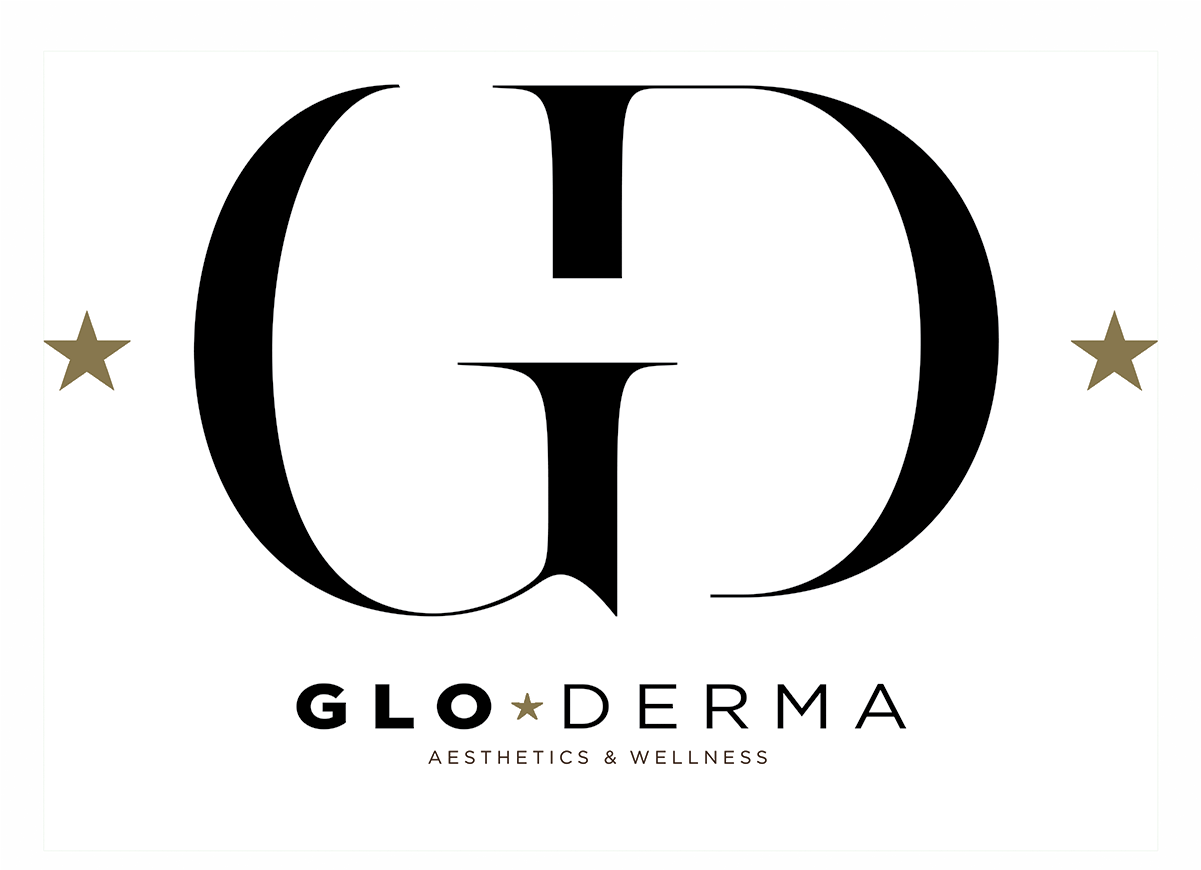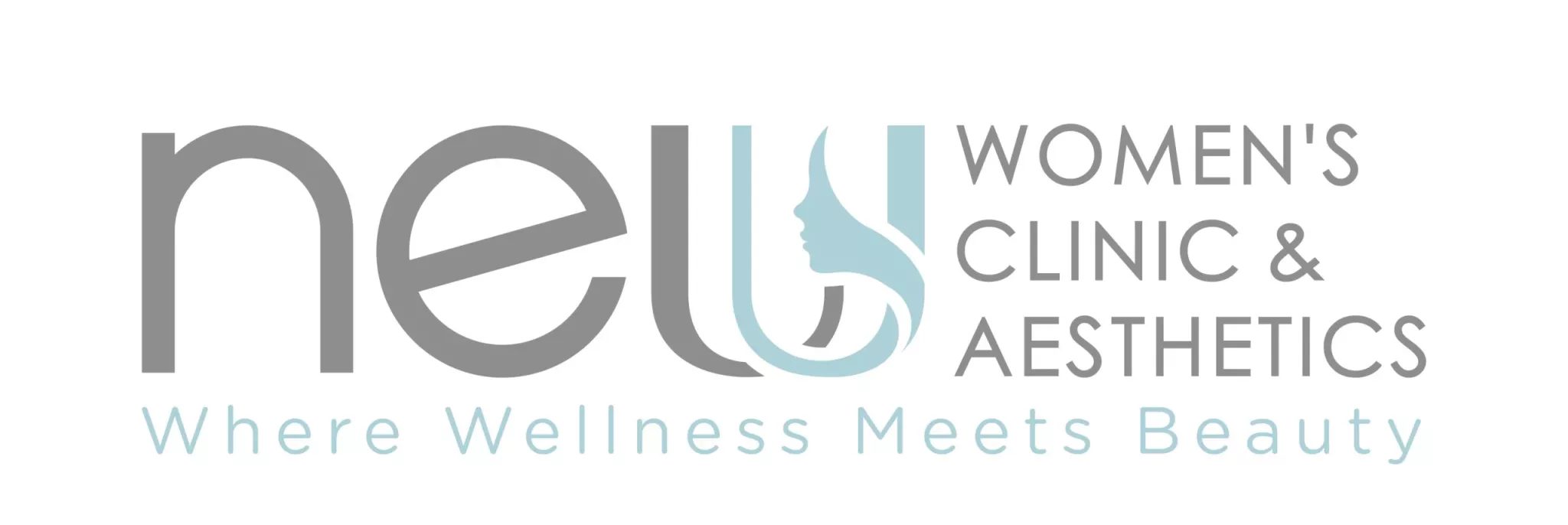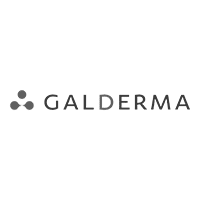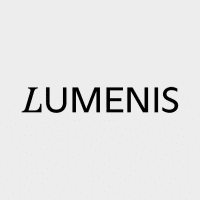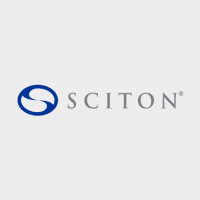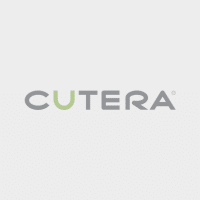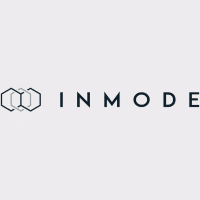
Are you thinking of boosting your reputation and bringing in more clients to your clinic? Then it’s about time to elevate your marketing strategy for your dermatology practice! You may feel overwhelmed, especially if you don’t have a dedicated digital marketing team. Yet, this post will help navigate your attention so you may focus more on building an excellent website to promote your practice.
All healthcare marketers understand the significance of creating an attractive website to get regular traffic. However, website traffic does not cover it all. The challenge includes making your visitors stay on your dermatology practice’s website long enough to learn more about your services, sign up for these services, and to convince these visitors to keep coming back for more.
Your most important goal to raise the bar for your business should be to convert one-time visitors into dedicated patients. Client engagement on your dermatology practice website is a crucial indicator in determining the search engine ranking of your site. That is why it is essential to capture the attention of each person visiting your site and keep them engaged. Here are five steps to achieve a distinguished website for your dermatology practice.
1. Let your patients conveniently reach you for questions and set appointments.
If you require your patients to call your office to ask questions or schedule appointments, you might be missing opportunities for much more excellent communication between you and your patients. Since most people have internet access nowadays through their cellphones and tablets, it also is commonplace for patients to look for dermatologists online. By allowing them to schedule their appointments right through your website, you most likely increase the chances of new patients choosing you over your competitors that still require a phone call.
Program your website with chatbots to answer basic questions promptly so you can find more potential patients inquiring for information about your clinic. Your social media accounts can also provide additional touchpoints that make your practice more visible and accessible to different patients. You may even want to try SMS marketing to confirm appointments, and setting reminders become more accessible than ever.
2. Design a visually appealing website for your Dermatology practice
A recent study shows that nearly 94% of the internet searchers’ first impressions of your website widely depend on its visual design. A user-friendly design is essential to keep engaging your patients and, therefore, must be the principal goal of how you layout your website. If you provide an excellent user experience, chances are you will be able to yield more patient engagement.
A unique, eye-catching design will help you influence potential patients by striking a sensitive balance between critical details and informative content. A minimal design approach can give visual prominence to the primary points your website is trying to highlight. Providing enough whitespace around any relevant content will also help visitors focus on the most meaningful content.
3. Enhance the quality of your website’s written online content.
The content on your website would serve as your virtual voice in reaching out to your potential patients. Your website needs to publish accurate and relevant information to prove you’re legit and a reliable provider. Any website that tells half-truths or over-simplifications would destroy the entire business’ credibility. Trust us; you wouldn’t want to take that route as there is almost no way to bounce back once you’re there.
Most dermatology patients go online to research medical conditions and the corresponding treatment options before connecting with a practitioner. You may opt to provide information-filled content through your blogs or research sections on your website to cater to the needs of internet searchers. Ensure that you properly market the same relevant information on social media to share the benefits to other channels of your marketing plan. You may also enhance your credibility and encourage patients never to hesitate to contact you for any health concerns along with the specific details of their conditions.
4. Be sure your website is responsive and quick to load
We live in a fast-paced world where potential clients are swamped and primarily searching online using their smartphones. Your website needs to load quickly and appropriately, especially on smartphones. Otherwise, your visitors might search for a faster website for their dermatology needs. The truth is, not many people are patient enough to wait for a web page to load, especially if they are using their mobile devices.
While being fast to load is utterly significant, you must optimize your website for mobile use. That means the design and layout of your website should spontaneously adjust to the type of device the visitor is currently using to view the website. Non-mobile-optimized websites typically receive a ranking penalty from Google and may result in reduced website traffic.
5. See that your Dermatology website is easy to navigate.
No internet-searcher wants to navigate deep, only to find a simple piece of information in the end. You may use analytics to see what your web visitors are looking for and bring that part of the content to front and center. Allowing visitors to find what they are looking for on your website is the most effective way to engage them. The navigation on your website should be consistent throughout, with each page appropriately titled.
A comprehensive website menu can confuse your visitors, and complicated menus may lose a person’s focus. It becomes challenging to guide visitors through your website if there are too many choices available. Your website’s navigation, which shows your expertise in the dermatology field, is an excellent way to drive internet users through your sales funnel. Complicated navigation will most likely frustrate any user and leave your website right away.
Partner with Growth99 today!
Are you needing a specialized team of experts to develop your website and extensively promote your dermatology practice in various ways? Growth99 has got your back! Worry no more as we will take care of your digital marketing needs while focusing on what you do best: treating your patients and making their lives easier and better. Book a free consultation now!





